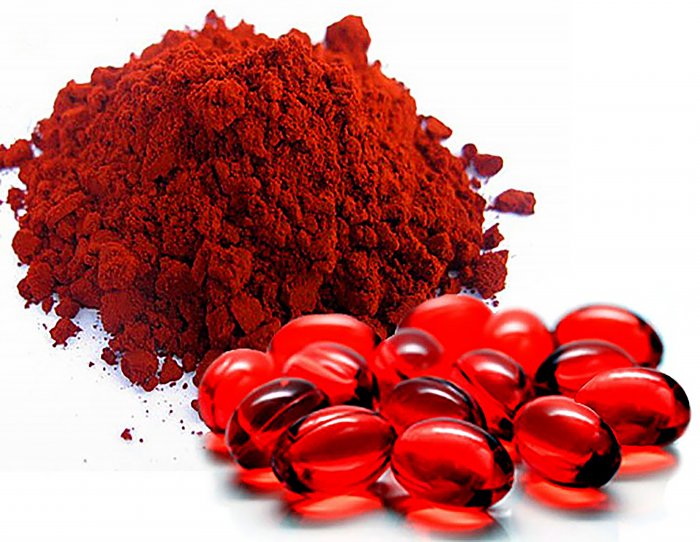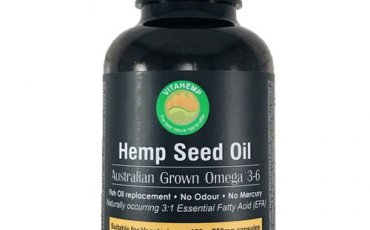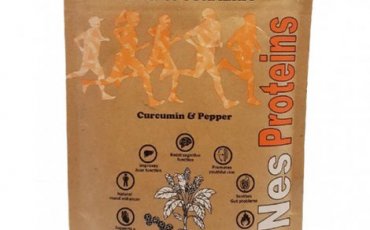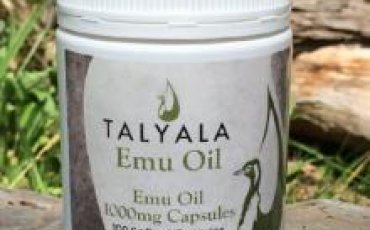WHAT IS ASTAZANTHIN ?

Maintaining health is easier than repairing health.
Healthy cells are protected from free radical oxidation by antioxidants ward off oxygen attacks. Sick or damaged cells that do not have antioxidant protection and can be quickly destroyed when we flood our bodies with oxygen.
WHAT IS ASTAZANTHIN ?
Astaxanthin is a red pigment found in a wide variety of natural organisms. It is similar to chlorophyll, which is found in green plants and vegetables, and beta-carotene, which is found in orange plants and vegetables. Plants and animals that exhibit intense red colouring tend to be very high in astaxanthin, which we believe is one of the worlds most powerful carotenoids. Unlike chlorophyll and beta-carotene, which are both found in terrestrial plants, astaxanthin is found predominantly in marine life. This pigment is what gives the wild pacific sockeye salmon's flesh its signature deep red hue, incredible stamina and antioxidant properties.
FREE RADICALS
Free radicals are highly unstable molecules ready to react with anything they can. When they react the result is called “Oxidation”. Once the process begins, it can produce a chain reaction that generates more “free radicals”.
Oxidation in the human body is the same thing that happens to iron when it rusts. The rusting or oxidation can destroy a strong piece of metal in just a short time. By painting the metal of putting on a rust-inhibiting product you can prevent rusting. The same thing that antioxidants are doing to the “rusting” within our bodies — preventing oxidation and keeping them strong.
Oxidation is a natural biochemical process is our body’s way of converting food and oxygen into energy. We can’t live without it. But too much oxidation can hurt us. Excess oxidation throws the body out of biochemical balance. When these energy-producing free radical explosions occur, they give off biochemical stuff called oxidants. Oxidants are also known as free radicals, so-called because they behave in the body like a bunch of out-of-control cell damagers. Basically, they are free electrons. In simple yet scientific language, the oxidant effect on our tissues are known as “hits.” The hardest-working tissues, such as the brain and eyes, take the most hits.
ANTIOXIDANTS ARE CAPABLE OF JOINING WITH OXIDISING FREE RADICALS THUS RENDERING THEM HARMLESS
We have found “Natures Strongest Antioxidant”.
Krill, small fish, algae and phytoplankton are plentiful sources of the pink pigment astaxanthin, and highest concentrations can be found in the muscles of Red Salmon which provides the stamina necessary for them to swim up to 100 kilometres, and up many waterfalls to their spawning grounds.
Astaxanthin is isolated from the red algae Haenatococcus Pluvialis.
(hydroxyl group at both ends)

THE ASTAXANTHIN MOLECULE
What makes astaxanthin special is that it can get into fat tissue, the blood, and muscle. It does this by the use of a biochemical formula called a hydroxyl group which is attached to each end of the molecule.
We believe that we are only as healthy as our blood vessels, because the health of every organ depends on the nourishment it gets through its blood vessels, with the lining of our blood vessels being known as the endothelium. It is a one cell layer tissue that lines the inside of our blood and lymphatic vessels and is the largest hormone producing tissue in our body.
The endothelium is a type of epithelium that lines the interior surface of blood vessels and lymphatic vessels, forming an interface between circulating blood or lymph in the lumen and the rest of the vessel wall. It is a thin layer of simple squamous cells called endothelial cells. The lumen is the inside space of a tubular structure, such as an artery or intestine.
Our endothelial lining contains millions of microscopic secretory cells. A healthy person who has a diet which consists of lots of antioxidants like fruits, vegetables, seafood and is low in refined sugars enjoys less buildup of sticky oxidants on the endothelium leaving any endothelial hormones free from obstruction.
Astaxanthin keeps the endothelium smooth. Japanese researchers discovered that administration of astaxanthin for fourteen days resulted in improved blood pressure. The general conclusion was that astaxanthin could help relax blood vessels, resulting in lower blood pressure (Hussein et al., 2005, 2006). Astaxanthin supports healthy blood flow. Participants supplemented with 6 milligrams of astaxanthin per day for only ten days showed a significant improvement in blood flow (Miyawaki et al., 2008).
One of the most common blood markers scientists use to detect stress in the body is called C-reactive protein (CRP) and astaxanthin can keep levels within a normal range. CRP is produced in the liver and released into the bloodstream when the body is dealing with the aches and pains associated with excess oxidation.
Astaxanthin seems to protect the heart, and cardiologists now conclude that most of the cardiovascular benefits of astaxanthin are due to its antioxidant effects, by decreasing the oxidative stress on the heart and blood vessels to support cardiovascular health (Pashkow et al., 2008). The eyes are protected by a one cell thick wrapping called the blood retinal barrier (BRB). In studying astaxanthin’s effect on the eyes, researchers concluded that whereas many antioxidants cannot, astaxanthin had the ability to cross the BRB and into eye tissue.
Brain tissue and retinal tissue are some of the most fatty in the body and with both having high metabolic cell rates, they need extensive antioxidant protection. The retina and especially the sensitive macula on the retina function like a camera. The tissue is composed mainly of fat and a network of blood vessels highly affected by oxidation. In fact, retinal tissue has some of the highest metabolic rates of any tissue in the body. Because of its high rate of energy use, it generates lots of waste products, or oxidants, so it needs a powerful antioxidant to deal with the waste. Astaxanthin can also increase blood flow to the retina, further protecting the eyes. A study showed that people who spend heavy amounts of time on computers recovered from their eye fatigue more quickly when they were pretreated with astaxanthin.(Takahashi and Kajita, 2005).
Eye tissue, like brain tissue, is not only hyper vulnerable to oxidation, but is also particularly resistant in its ability to cell repair and regenerate and so one of the reasons that we believe antioxidant protection is important for the eye is that the most sensitive cells of the retina, called the macula, once damaged, are very difficult to repair and regrow.
Gerald Hancock (2017)




